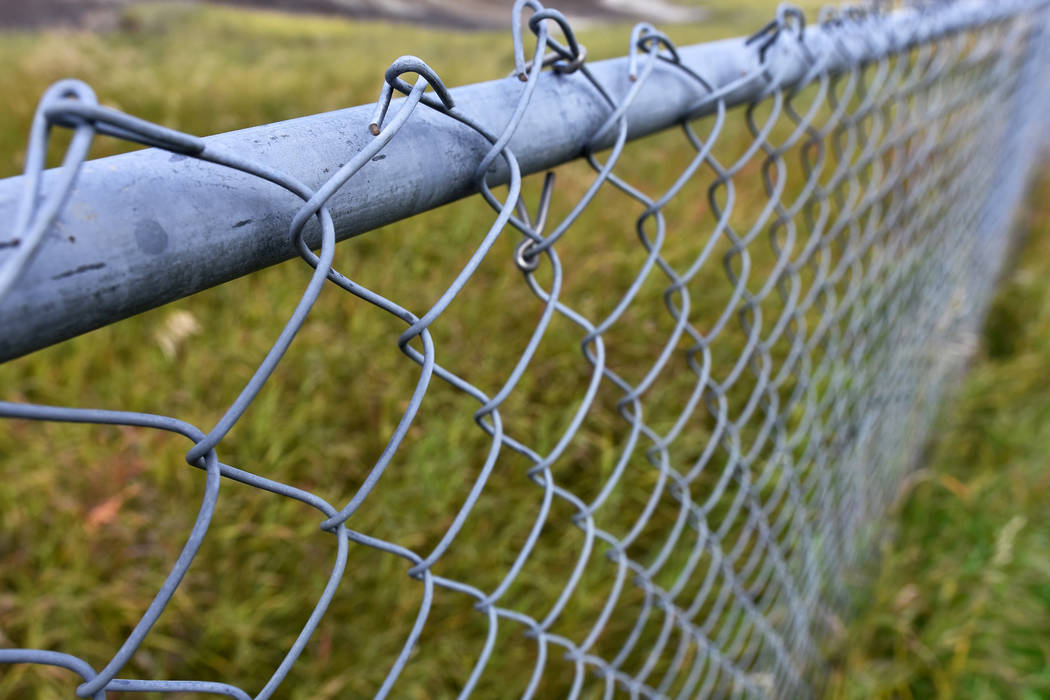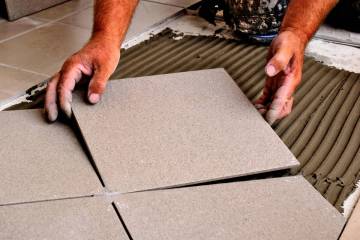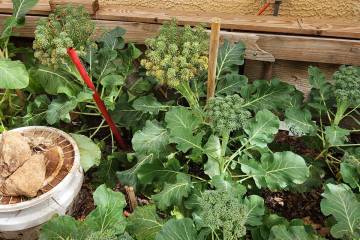Use ‘come-along’ tool to stretch chain-link fence
Q: On the side of my house next to my outside wall is an open area that we want to close in so the dog won’t run out. It’s a small dog, so we only need a fence about 3 feet high. The guy we bought the house from already installed metal poles in the ground for chain-link fencing. My question is, how do I stretch the fencing across the poles?
A: Chain-link fencing is made of steel coated with zinc to give it protection from the weather. You also can buy chain link coated with polyester or PVC that comes in different colors. If you buy from a home center, you’ll generally find the classic silver-colored, zinc-coated fencing. It is sold in different heights, so pick the size you need.
Since your posts are already installed, you will have to stretch the fencing and secure it to the posts. When you buy cyclone fencing (chain link), it comes rolled up and is tough to straighten out. You will have to secure it to one post and stretch it across the opening; this is done with a tool called a “come-along” (it’s basically a fancy name for a winch). Before you stretch the fencing, you need to build the frame.
Make sure those posts are properly spaced (there are tables that show you distances — all available at the home center) and held in place with concrete as there will be considerable tension on them, not only from the fencing but from the mailman hurdling over it to avoid your dog and similar events.
The terminal posts are located at each end of the fence, and you will place caps on top of them. The posts in between them are called line posts. They are smaller in diameter and are typically 4 inches lower than the terminal posts.
A loop cap — a cap with a loop on the top of it to hold the top rail — must be installed on each line post. The top rail slides into each loop cap and is held in place to the terminal post by a brace band. The band goes around the terminal post and bolts onto the top rail fitting. If you have a long run of fencing, you can connect several top rails together with a sleeve.
Now that the frame is built, you can install the fencing. As I mentioned before, since the fencing is in a roll it is going to fight you every step of the way as you try to straighten it out.
Unroll the fencing and lay it along the length of the fence’s frame. Slide a tension bar down the vertical edge of the fencing and attach it to the terminal post using tension bands. Loosely attach the top of the fencing to the top rail with tie wires spaced every few feet, taking out as much slack as you can.
Stretching the fence comes next. Insert another tension bar about 3 feet from where the potential end of the fence will be (just eyeball it, as you’ll be stretching it anyway). Attach one end of the come-along to this tension bar and the other end to the terminal post. Now you can start cranking on the come-along.
It will take out any slack in the fencing as it moves closer to the terminal post. The proper tension is when you can squeeze the fence mesh by hand and it barely gives. At this point, you will be able to tell where you need to terminate the fencing and attach it to the terminal post with more brace bands.
You don’t have to cut the fence for it to fit. Just open the top and bottom knuckles on the fence and unwind the single wire strand that holds one section to the next. Then slide another tension bar into the end of the fencing and bolt it to the brace bands on the terminal post. Install more tie wires along the top rail and down each line post, spaced about every foot.
With your project complete, I’m sure your neighbors will envy you. After all, nothing says you’ve made it quite like chain link.
Mike Klimek is a licensed contractor and owner of Las Vegas Handyman. Questions may be sent by email to handymanoflasvegas@msn.com. Or, mail to 4710 W. Dewey Drive, No. 100, Las Vegas, NV 89118. His web address is www.handymanoflasvegas.com.
Do-it-yourself
Project: Install chain-link fencing
Cost: From $200
Time: From one day
Difficulty: ★★★★























